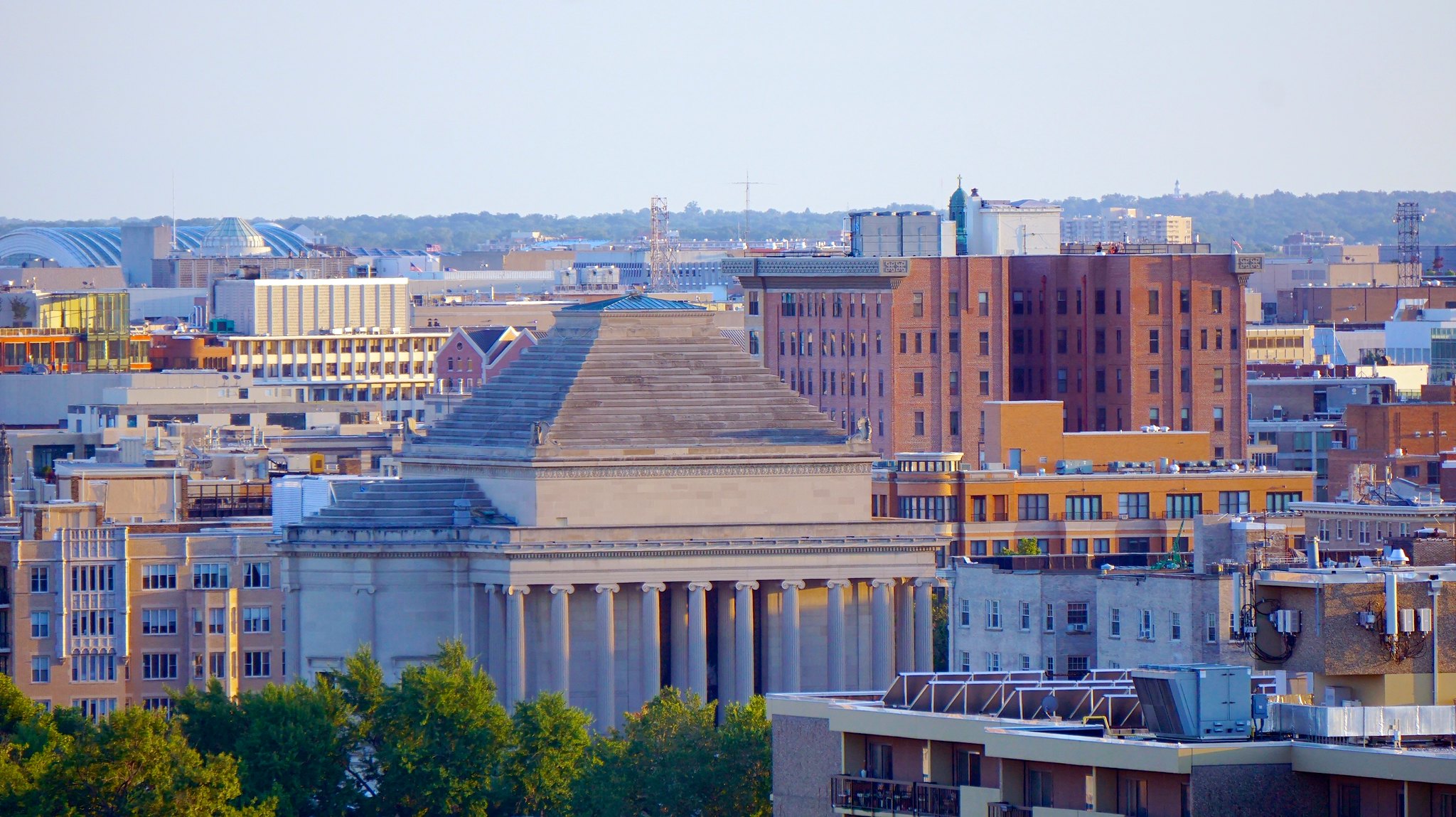

On Tuesday, November 22, 2022, Executive Director Yesim Sayin testified before the D.C. Council Committee on Housing and Executive Administration, about Bill 24-802, the “Green New Deal for Housing Amendment Act of 2022.” You can read her testimony below, or download a PDF copy.
Bill 24-802, the “Green New Deal for Housing Amendment Act of 2022,” begins with a financially impossible proposition and makes it even costlier.
The bill is premised on the idea that higher-income tenants can cross-subsidize the rents for lower-income tenants, all combined in a mixed-income project. However, the parameters of the bill—the recommended income and tenant mix—are not practically possible.
Specifically, the bill calls for a mix of affordability that requires one third of the units in the project be set aside for residents who are earning at most 30 percent of median family income, one third be set aside for tenants earning 30 to 50 percent of area median income, and the remaining third be leased at the rates that are high enough to generate cross subsidies so the entire project can pay for its operating costs and debt service. What does this mean for allowable rents? And how much rent must be charged to unsubsidized tenants to cover for the necessary cross-subsidies?
Data from CoStar for 2,262 multifamily buildings of all types across the city—including those with affordability covenants, under rent control, or are fully market rate—show that the median rent is $2,316.1 We can start with the premise that this rent is necessary to pay for operating expenses, debt service, and the required return on investments. This means, any project with cross subsidies must, on average, yield this rent.
What is the maximum amount of rent that could be paid by the first third of tenants who fall under the deepest affordability requirement? As an example, I used a household of three at 30 percent of Median Family Income for the Washington metropolitan area. The highest rent this household could be charged is $960 per month, assuming that the rent cannot be more than 30 percent of their income.2 This means that this household would need a subsidy of $1,355 per month.
The second group that will take another third of the units under the provisions of the bill are the households with incomes at a maximum of 50 percent of Family Median Income. These tenants—again using an example of a households of three—can at most pay $1,601 each month, requiring a minimum subsidy of $714.
Under these affordability requirements, the remaining third of households must pay a monthly rent of $4,386—$2,316 for the prevailing rent, and $2,070 for the necessary cross-subsidies. Households that could afford this rent correspond to those who earning 137 percent of Median Family Income. According to ACS data, renters with this level of household income are about 6 percent of all households and 13 percent of renter households.3 And at this rent, there are many competing units, as well as opportunities to own, making it likely that the units set aside for this group will have a hard time attracting tenants at such high rents, or won’t be able to command the type of rent that would generate sufficient operating subsidies to cover for the operating costs and debts from development costs.
Therefore, it is unlikely that these projects can be financially sustainable without government subsidies, and therefore most likely they won’t be able to raise funds from debt markets without the full faith and credit of the District of Columbia, as proposed in the bill.
And that is just the beginning. The bill adds to this impossible financial plan other costs or conditions to achieve certain social goals. Related to construction, for example, the projects are directed to have:
- Net-zero emissions construction: This provision of the bill needs clarification, as the more ambitious versions of net-zero emission construction (for example, to include “green steel”) can increase construction costs by 20 to 25 percent.4
- On-site solar energy production to the maximum extent practicable, including using the District’s solar installation program, and employing labor through the District’s solar installation workforce training programs.
- Requirements on design elements such as landscaping and multimodal access to transportation, which will also likely add costs.
On top of this, the bill has restrictions that might make these units less desirable to residents (such as banning the use of natural gas). And the bill adds further labor and contracting related requirements that will further add to overall cost (such as requiring Project Labor Agreements, first source requirements, Project Peace Agreements, etc.).
This bill is important, not because it has the right mechanism design, but because it shines a bright light on how social policies that the city adopts in pursuit of one goal could end up working against others. Ultimately, any policy that raises the cost of construction will make it harder for the city to reach housing affordability goals. This is not to suggest that environmental or labor goals are not important, but they come at the expense of other social goals we value or require additional investment of public funds.
These considerations will be even more important in the next legislative session, when the city faces a fiscal cliff as federal funds that support the District’s local budget will disappear. At that time, it would be even more tempting to load the costs of social goals on the private sector through regulatory requirements, but most likely these efforts decrease the likelihood of private investment and not fulfil the District’s affordable housing goals and other social ambitions.
Endnotes
- Data from CoStar.
- The annual income at 30 percent of Family Median Income for a household of four is $42,700. The maximum income for a household of three is calculated at 90 percent of that of a household of four. Assuming affordability is set at 30 percent of annual income, the maximum this household can set aside for housing is $11,529 per year of about $960 per month. For income levels, see https://dhcd.dc.gov/sites/default/files/dc/sites/dhcd/publication/attachments/2022-6-24%20IZ%20ADU%20price%20schedule.pdf
- ACS 2021 single year PUMS data analyses show that there are 23,336 households who are renters and earn more than $175,000–the income level that would allow the $4,386 rent payment affordable. The same year there were 182,234 renter households and 357,482 households n D.C.
- See, for example, McKinsey & Co.(2022). Net-zero steel in building and construction: The way forward. Available at https://www.mckinsey.com/capabilities/sustainability/our-insights/net-zero-steel-in-building-and-construction-the-way-forward.
